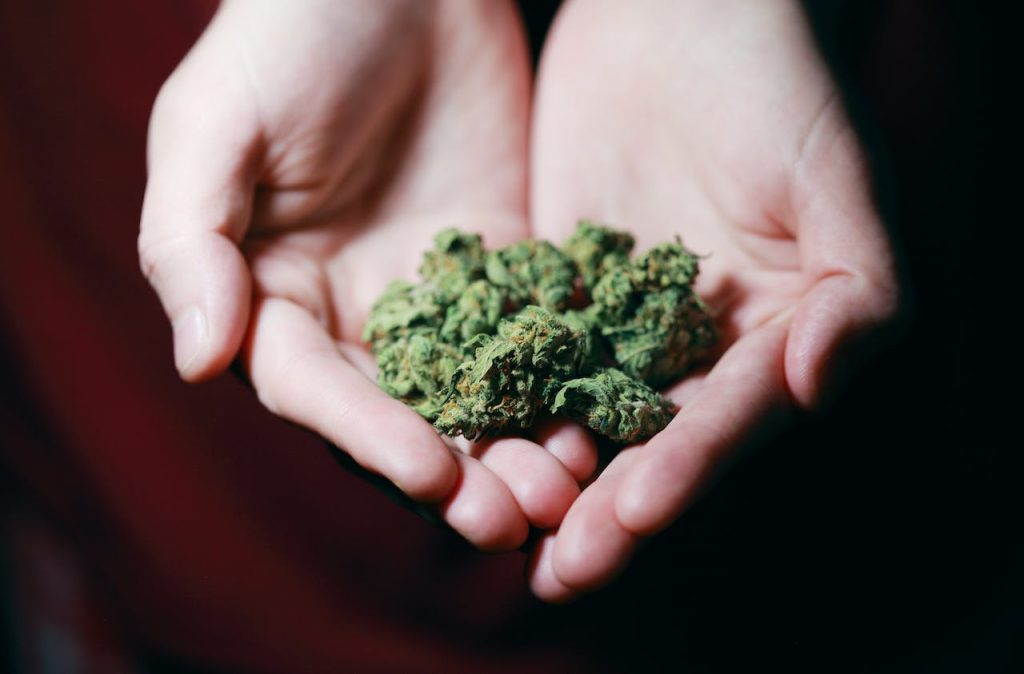Geschatte leestijd: 3 minuten
New research into the influence of weed on eating behavior could lead to new treatments for chronically ill people.
A rat walks into the doctor’s office
Sometimes, verrrrry rarely, you can be lucky as a test animal. Like some rats in the research at Washington State University (WSU).
You’re chilling in your cage, suddenly gas is blown into your cage. Normally not a good sign for a test animal. You notice you’re getting a bit drowsy, also not a good sign. But then; the usual tortures don’t happen, and instead, you find yourself giggling at the lame jokes of test rat WSUR3056. You hear the same jokes your cage mate tells about three times a day, but now they seem funny for the first time. After a couple of hours, you notice you’re getting incredibly hungry and those pellets seem tastier. To your surprise, the lab coats have provided an all you can eat buffet. Life doesn’t get better than this.
The lab coats at WSA wanted to learn more about the influence of cannabis on eating behavior, specifically of the active ingredient delta-9 tetrahydrocannabinol (THC). They naturally knew that you can get the munchies from weed but wanted to know why.
To mimic the weed use of medicinal users, they exposed their rats to cannabis vapor. This allowed them to determine exact dosages and measure the effect on eating behavior.
Here come the munchies!
They divided the rats into three groups. Each group got a different diet.
- All you can eat
- enough to fill you up
- 48 hours without food
For each diet, there was a control group that didn’t get weed vapor in the cage. Okay, so maybe the research wasn’t as fun for every rat. 48 hours without food and weed?
Despite the differences in diet, all rats started eating frequent, small meals about two hours after inhaling the weed vapor. The rats that had previously been starved stopped eating very quickly and switched to snacking every two hours. The stoned rats that had previously stuffed themselves also kept snacking. In contrast to the rats that didn’t get weed vapor and had eaten their fill.
The research showed that cannabis causes a spike in the hunger hormone ghrelin. This hormone is normally released on an empty stomach as a signal to eat. They also saw that a small area in the hypothalamus that responds to this signal became more active. A third confirmation that ghrelin was responsible for this effect came when they administered a second drug. This blocked ghrelin. The rats under the influence of cannabis didn’t experience an increased hunger feeling when ghrelin was blocked.
The effect on ghrelin (if not blocked) caused the rats to eat again, even if they had just eaten. Exposure to the weed vapor led to more frequent, small meals being eaten.
Weed bulk
The researchers believe that deciphering the effect of cannabis on appetite could result in new treatments for underweight due to illness. A lack of appetite is a common symptom of various chronic diseases, especially cancer, cardiovascular diseases, and some metabolic diseases.
A targeted ‘weed treatment’ that can achieve the effect on appetite without the other effects on the brain and body would thus come closer. Now, you can throw all the arguments you have against alcohol-free beer at this. I get it. For “stoned free medicinal weed,” Randy wouldn’t have put his balls in the microwave.
Moreover, this is of course not only interesting for sick people. You don’t have to have cancer to eat less than you should. I’m an example of that myself (knocking on wood). Many bodybuilders and powerlifters, for example, find compulsive eating the most difficult part of the lifestyle. If weed can help you eat every two hours, it could make your bulk a lot more enjoyable.
But as a fitness blogger, I’m certainly the last one to promote weed use 😉

